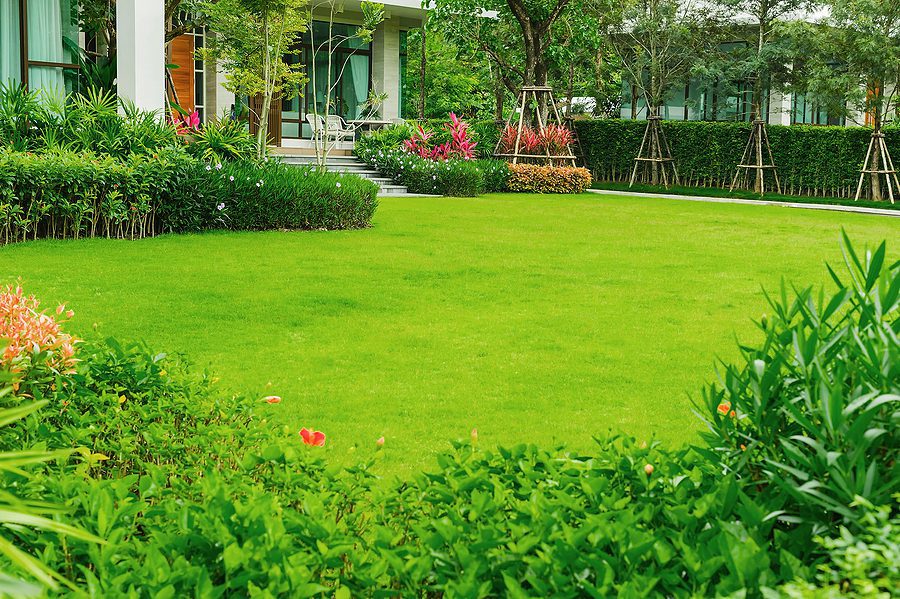2022 Spring Albuquerque Landscaping and Lawncare Action Plan

In many areas of the country, we eagerly welcome the warmer temperatures of spring, and the anticipation of all the outdoor activities that comes with it.
However, don’t forget your Albuquerque landscaping and lawn: it too deserves attention! Here’s some hints and tips to help you get your Albuquerque landscaping and lawn into pristine shape for the upcoming season.
- Inspect your yard. Start the process with a thorough inspection of your yard. This will reveal any broken or damaged branches. Either prune them or have them removed by a professional.
- Check your soil. Does your soil have the proper mix of nutrients and pH balance? Your state’s local agricultural extension office can usually perform this test, or you can ask your lawn care and landscape professional. This test should be undertaken once every few years.
- Fertilize your lawn. Whether you fertilize your lawn or not will depend on what your soil test reveals. If your tests indicate that fertilization would be beneficial, here’s a few tips on how to fertilize your lawn correctly:
- Once you’ve determined from your soil nutrient testing that you do need to fertilize, ensure you choose a fertilizer that will match the needs of your lawn.
- Taking into account your variety of grass, make sure you fertilize at the best time of the year. It’s a common misconception that all grasses should be fertilized in spring, however this is not the case. A few of the cool-season grass varieties benefit far more when fertilized in fall. June is also a good time to fertilize many cool-season grasses.
Generally, it’s best to opt for a slow-release or controlled-release fertilizer. This reduces possible losses to the environment and also increases nutrient absorption. In some situations, the health of your soil can be improved by using organic materials.
- Make sure you read the fertilizer bag’s label and that you know the exact size of your lawn. Your lawn can be harmed if you use too much fertilizer and will cost you more than you were planning. The opposite scenario – using too little fertilizer – may not yield the results you are looking for.
- There have been several university studies that indicate an under-fertilized lawn can lead to a thin turf stand, which in turn results in soil erosion and unwanted soil runoff. Make sure you always follow the instructions on the label.
- Always check with your local agricultural extension office before fertilizing your plants. Some states and local governments impose limits on when, what kind and what amount of fertilizer you are able to apply. Professional, licensed lawn care companies must follow the relevant regulations, but they are also very knowledgeable about what these regulations are.
- Trees and shrubs also need fertilizing. Proper fertilization with a slow-release product prior to applying mulch will give optimum results.
- Control weeds. Pre-emergent week control for weeds such as crabgrass is best applied in the Spring. A hint to the timing is that it’s usually the perfect time to apply crabgrass weed preventer when forsythia is in full bloom.
- Tidy up planting beds. Use an edging tool to create neat, natural-looking edges around your planting beds. It’s also a good idea to remove old leaves and debris.
- Add Mulch. It’s a good idea to add an inch-thick layer of fresh mulch to trees and plant beds. However, don’t let the mulch touch tree trunks or to accumulate to more than 3 inches in depth. Mulch helps to retain moisture in the soil, keeps the roots cool during summer and insulates them in the winter. Plus, it makes your planting areas look neat and tidy. When mulch decomposes, you add extra organic matter to the soil.
- Inspect your irrigation system. Make sure you turn your irrigation system on and check that everything is working correctly once the weather has warmed up for the year. Don’t forget that if for any reason you don’t want to do this yourself, your landscape or irrigation company can do this for you.
